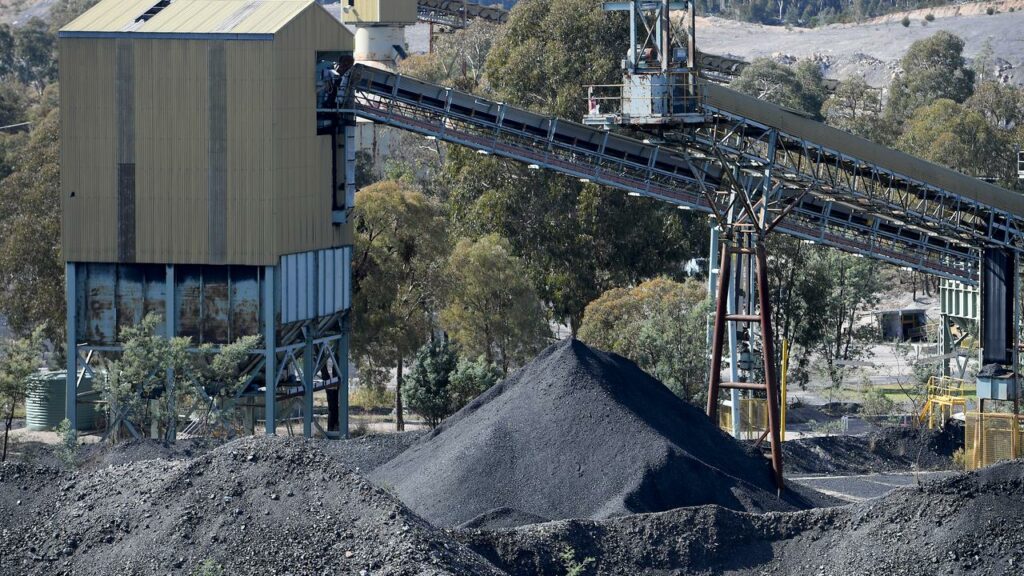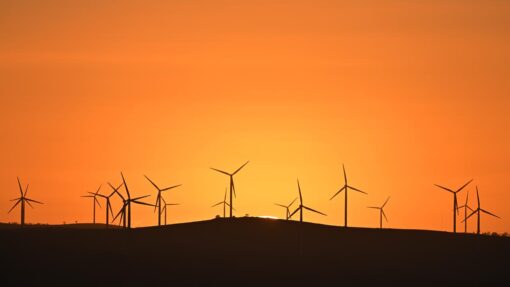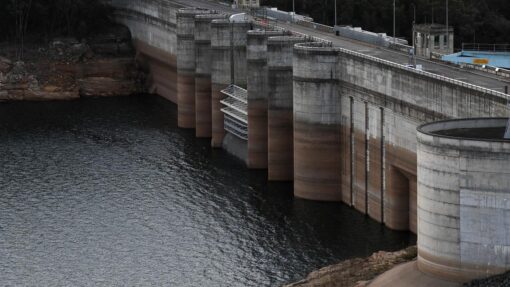Mining’s old holes could be ‘massive asset’ for hydro
Jack Gramenz |

Coal should be mined in Australia for as long as other countries want to buy it but mine operators need more options for how the land is used afterwards, industry says.
Giant holes in the ground could be a “massive asset” for renewable energy projects if left unfilled, a NSW parliamentary inquiry into post-mining land use was told on Monday.
NSW Minerals Council chief executive Stephen Galilee said post-mining land use was a policy area often placed in the “too hard” basket.
It requires some “blue-sky thinking” and political will in an area where there was also political risk, he said.
The focus had traditionally been on restoring mined land to its previous state but without change to allow for newly identified potential uses, opportunities could be missed.
“There’s a lot of … suspicion that the industry is trying to get out of its obligations … we just keep doing what we’re doing under our current system and we’ll meet our obligations,” Mr Galilee said.
“But the communities are going to miss out on the opportunities and the opportunities that could be there for a transition to be managed properly won’t be there in the places that they are needed.”
Decline in global demand for Australian coal would happen more slowly than some people might want or expect, Mr Galilee said.
“Our policy is to keep people in coal-mining jobs as long as possible,” he said.
Mining council policy director Claire Doherty said the system needed to make other potential post-mining land use attractive and feasible.
Pumped hydro-electricity proposals could benefit when there was already a hole in the ground.
“That’s a massive asset to a project,” Ms Doherty said.
Pumped hydro is being investigated at old mine sites at Muswellbrook in the NSW Hunter region, as well as in Queensland, but it was not identified as a potential post-mining land use in research the council conducted in 2014.
“It just shows you how quickly things can change and we need to be able to respond to that,” Ms Doherty said.
BHP’s vice-president of NSW energy coal Liz Watts said feasibility studies were being done for pumped hydro at the mining giant’s Mt Arthur mine in the Hunter region, which is due to stop operating in 2030.
“To date we haven’t identified any fatal flaw and we’ve identified that it could potentially be quite a significant energy source into the future,” she said.
NSW Resources deputy secretary Georgina Beattie told the inquiry no preparation work has been done for future post-mining land uses related to nuclear energy.
AAP


